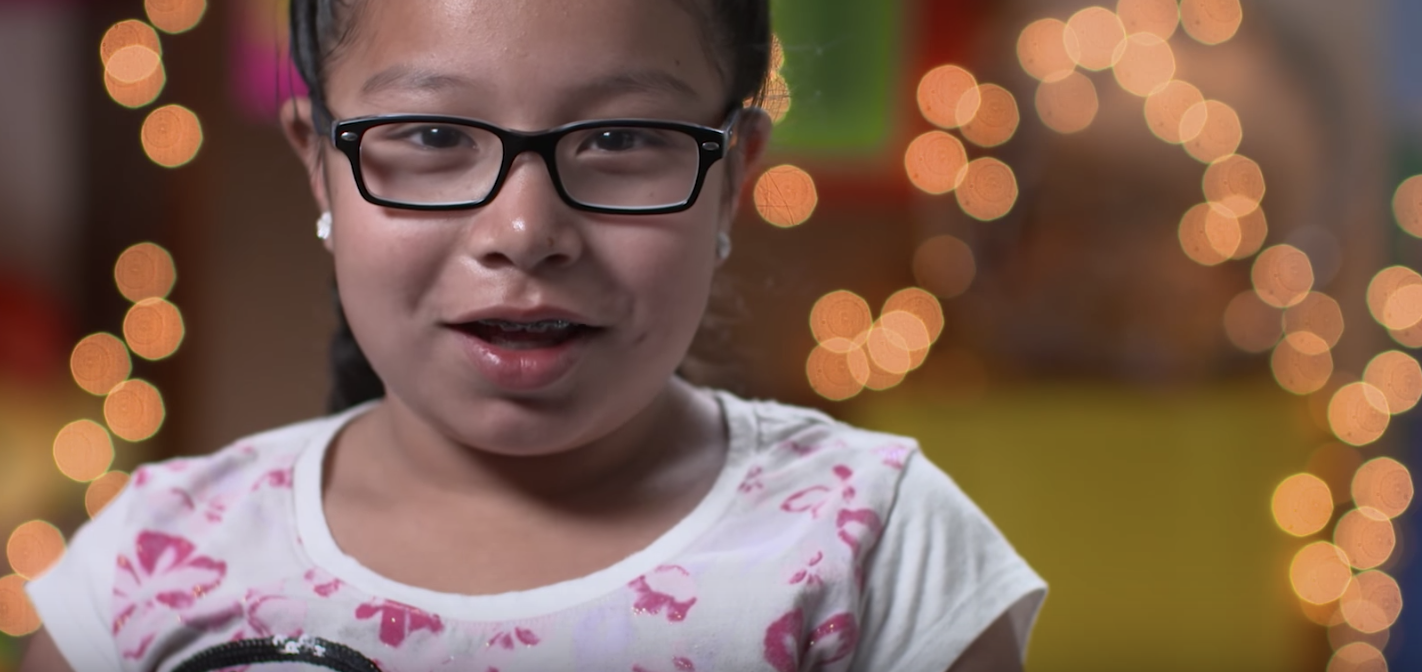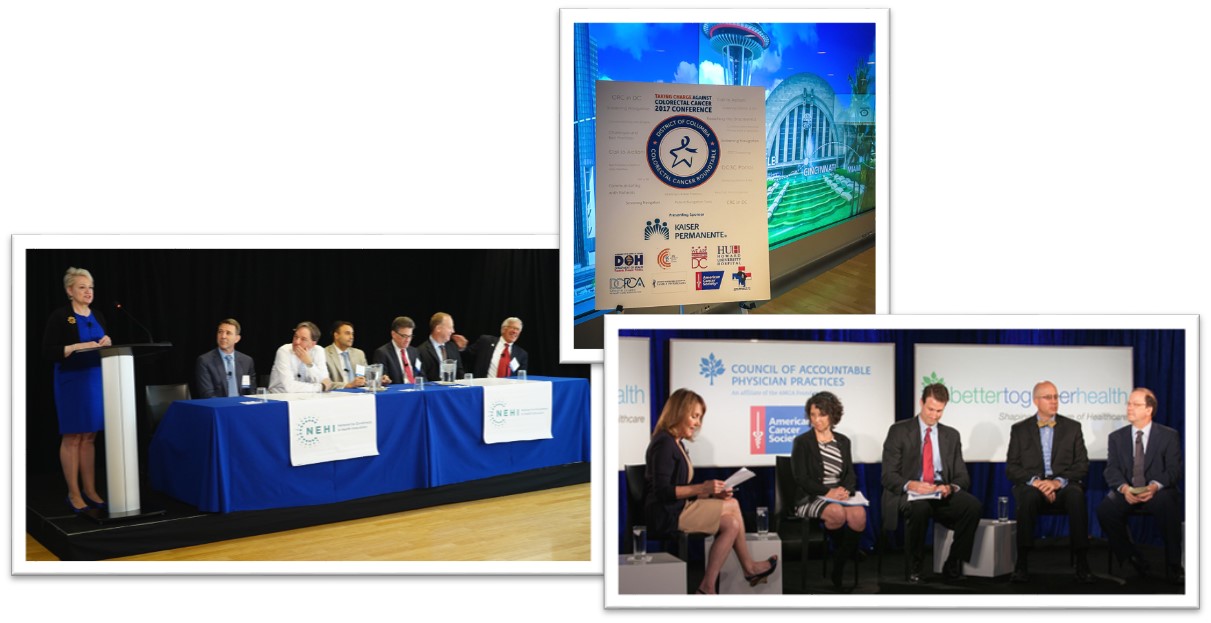 For many people, the summer months mean more time outdoors. As we enjoy the warmer weather, it’s important to keep in mind the sun and its short- and long-term effects on our skin and health. Jeffrey Benabio, MD, a dermatologist with Kaiser Permanente San Diego, shared with us some surprising statistics regarding melanoma.
For many people, the summer months mean more time outdoors. As we enjoy the warmer weather, it’s important to keep in mind the sun and its short- and long-term effects on our skin and health. Jeffrey Benabio, MD, a dermatologist with Kaiser Permanente San Diego, shared with us some surprising statistics regarding melanoma.
- The incidence of people under 30 developing melanoma is increasing faster than any other demographic group, increasing by 50 percent in young women since 1980.
- Melanoma is the most common form of cancer for young adults ages 25-29.
- Melanoma is the second most common cancer in adolescents.
- Having even one severe blistering sunburn as a child or young adult increases your chances of developing melanoma as an adult.
Jeff recently spent a few moments fielding some of our questions about the sun, its link with skin cancer, and how to enjoy summer days safely.
Trish Doherty, CTH Blog:
Tell us about skin cancer. How serious is it, and how much is it linked to sun exposure?
Jeffrey Benabio, MD:
Skin cancer is the most common form of cancer. In the US, we have about 3.5 million cases of skin cancer each year. That’s about 10 times as many new cancers as breast or colon cancer. Fortunately, most skin cancers are not life-threatening. Of the various types of skin cancer, melanoma is the one that we worry the most about. It is easily curable when caught early, but it can be deadly when it is advanced. There is no question that skin cancer is linked to sun exposure. Ultraviolet light from the sun is a form of radiation, and like all radiation, it damages your cells’ DNA. The higher the intensity (as when you sunburn) or the longer the exposure (as when you work outdoors) the greater the risk for skin cancers. Interestingly, skin cancers are more common on the left side here in the United States; that’s because we get more sun on the left side when driving, which adds up over decades.
Doherty:
Does exposure to sunlight have any positive effects, too?
Benabio:
Sunlight has at least one important health benefit: It allows us to make vitamin D. Most all of the vitamin D that we need we synthesize ourselves in our skin. It is difficult to get vitamin D from our diet, unless we take supplements. Unfortunately we are not very good at getting the right amount of sunlight. Each of us makes vitamin D at a different rate depending on our skin color, where we live and the time of year. Far too many of us get much more sun exposure than is healthy, and yet many don’t get enough sunlight and are vitamin D deficient. There is an easy solution — take vitamin D supplements. For most people 1,000 IU once a day is more than enough to keep vitamin D levels healthy. Getting 15 minutes of sun three times a week sounds easy, but it doesn’t work. In winter, you won’t make any vitamin D (the sun is not intense enough). In summer, 15 minutes is too much for many people. Once you have filled your vitamin D gas tank, any additional sun does not make more. After that point, you’re just making skin cancer.
Doherty:
What do you recommend to someone who loves the summer and looks forward to spending lots of time in the sun?
Benabio:
Sun feels great. It’s why we move to places like San Diego, where I live. I have many patients who enjoy being outside but still protect their skin. It’s not that difficult. First, avoid direct sunlight, particularly between 10 a.m. and 2 p.m., when it’s most intense. Second, cover up with a hat and long sleeves. It doesn’t have to be a sun protection shirt, as just about any shirt provides adequate sun protection. Third, apply a sunscreen with SPF of 30 every two to four hours while in the sun. And fourth: Reapply. Reapply. Reapply.
Doherty:
You mentioned SPF 30. When it comes to SPF, the options out there can be overwhelming. Is there a point where a higher SPF offers no additional benefit? And is it at all risky to use a higher SPF than we actually need?
Benabio:
Choose a sunscreen with SPF of 30. Higher SPFs help, but the difference is small and gets smaller as the number gets higher. There is very little difference between an SPF of 100 and an SPF of 70. Choosing a much less expensive SPF of 30 and reapplying it more often actually works better. There’s no risk to using a higher SPF than you need. Well, except for your wallet.
Doherty:
Is there one kind of sunblock you recommend more than others?
Benabio:
There are many sunscreens that protect against UVA and UVB light. Physical sunscreens such as zinc and titanium provide good protection and are ingredients I tell my patients to look for when shopping for sunscreens. Other chemical ingredients such as avobenzone and octocrylene are effective as well.
Doherty:
Other than sunblock, what should people do to protect themselves from the sun?
Benabio:
Wear wide brimmed hats, lightweight long sleeve shirts, and pants when possible. Also wear wrap-around sunglasses that protect both your eyes and the skin around your eyes from sun damage. And avoid the sun between 10 a.m. and 2 p.m.
Doherty:
Kids especially love playing outside and in the water in the warm months. Any advice for protecting children and toddlers when they are so active?
Benabio:
This is difficult. My eight-year-old niece recently went on a trip to Puerto Rico with her family, and on day two of the vacation my brother-in-law called me asking how to treat her sunburn. Although he had applied sunscreen to her skin in the morning and once more later in the day, she got severely burned, her eyes swelled shut, and she was miserable. Kids’ skin is extra sensitive and more prone to burning than adult skin. The key is to reapply sunscreen every two hours, especially if they’re swimming or sweating a lot. I also advise having them wear rash guards (even if they don’t surf). They are effective sun protectors and cute on kids. Also, try to get them to wear hats, sunglasses and cover-ups. It helps if you let them pick them out.
Doherty:
How about taking care of our skin after we’ve had too much sun? I had horrible sunburns several times growing up, even missing school once because of the pain. How should we care for sunburned skin, and what should people avoid?
Benabio:
A sunburn is an actual radiation burn of your skin, which is why it causes such pain. As soon as possible take NSAIDs such as Ibuprofen to help with pain and inflammation. The earlier you take them, the more likely they’ll help block the release of interleukins, the skin’s main sunburn cytokine. Apply cool compresses and cool moisturizers. Avoid hot showers; instead, take lukewarm baths with Aveeno Colloidal Oatmeal, which will soothe and moisturize your skin, two things it needs most when it’s burned. Avoid any additional sun exposure. Cover up with clothing, and apply sunscreen before going outdoors, as any additional burn can lead to blisters, itching and increased pain. If you develop blisters, resist the urge to pop them; they’re actually acting as a protective seal on your skin. Also, contact your doctor.
For more from Dr. Benabio, watch his TEDx talk below, as well as his video on Kaiser Permanente’s Care Stories blog. You can also check out his personal blog and follow him @dermdoc on Twitter,




